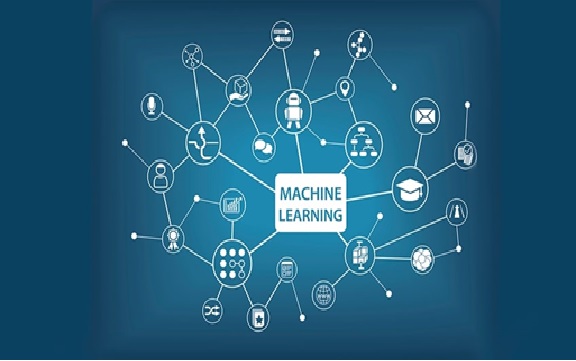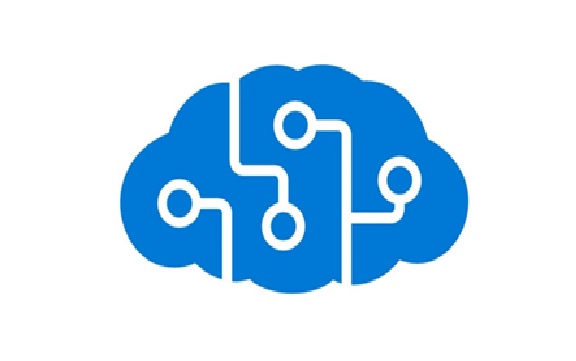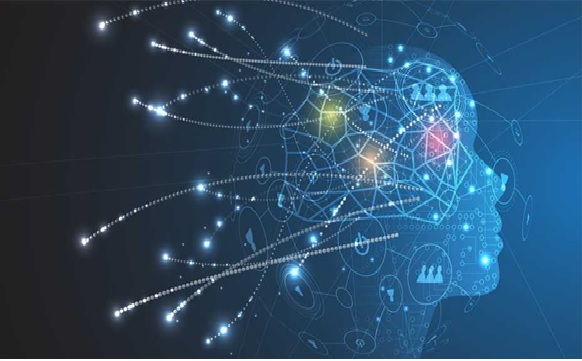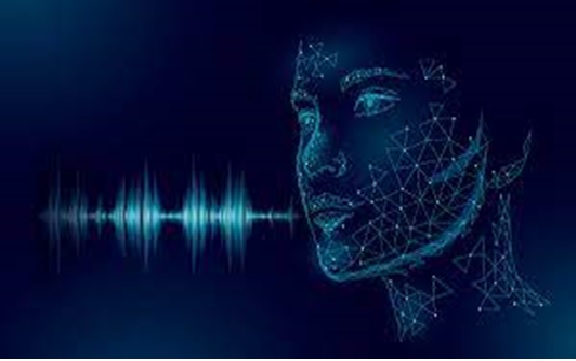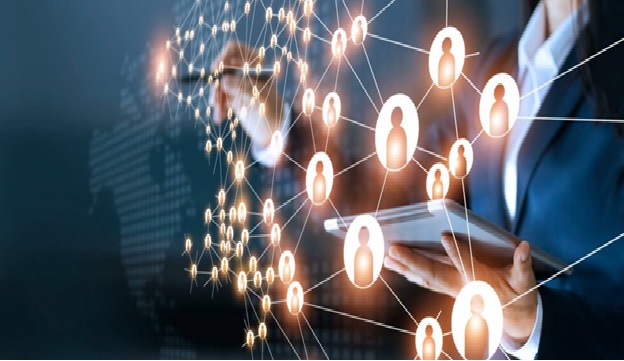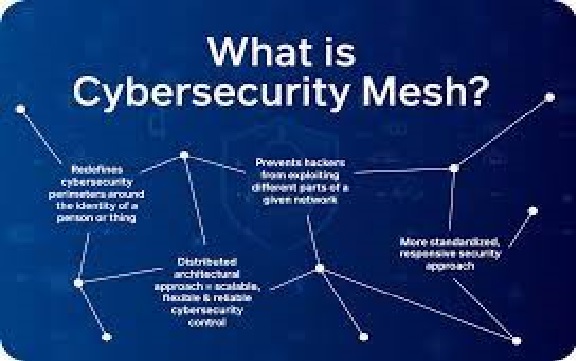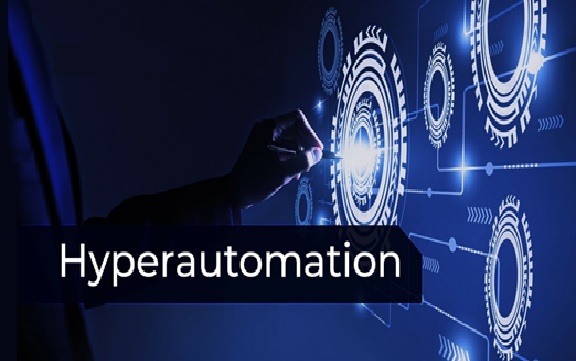Harnessing The Power of AI and Robotics to Treat Spinal Cord Injuries
The technolgies allow formulation of therapeutic proteins for tissue regeneration, thus offer hope in coping with spinal cord injuries.
A team of researchers at Rutgers University has successfully stabilised an enzyme that can degrade/cure scar tissue resulting from spinal cord injuries and promote tissue regeneration. This has been achieved with the help of artificial intelligence (AI) and robotics, which helped formulate therapeutic proteins. The development offers new hope for patients coping with spinal cord injuries. [1]
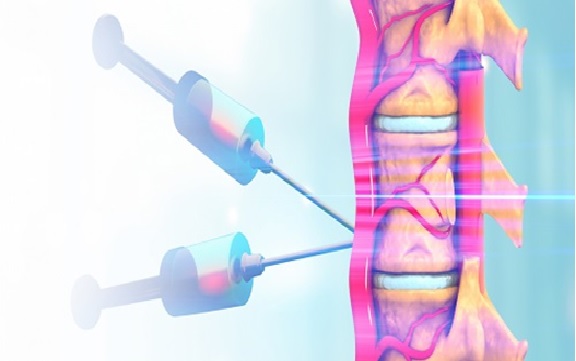
Figure 1. Harnessing the Power of AI and Robotics to Treat Spinal Cord Injuries
Figure 1 shows this study represents one of the first times artificial intelligence and robotics have been used to formulate highly sensitive therapeutic proteins and extend their activity by such a large amount. It's a major scientific achievement," said Adam Gormley, the project's principal investigator and an assistant professor of biomedical engineering at Rutgers School of Engineering (SOE) at Rutgers University-New Brunswick. Gormley expressed that his research is also motivated, in part, by a personal connection to spinal cord injury. [2]
The enzyme successfully stabilized in the study, ChABC, is known to degrade scar tissue molecules and promote tissue regeneration, yet it is highly unstable at the human body temperature of 98.6° F. and loses all activity within a few hours. Kosuri noted that this necessitates multiple, expensive infusions at very high doses to maintain therapeutic efficacy.
Synthetic copolymers are able to wrap around enzymes such as ChABC and stabilize them in hostile microenvironments. In order to stabilize the enzyme, the researchers utilized an AI-driven approach with liquid handling robotics to synthesize and test the ability of numerous copolymers to stabilize ChABC and maintain its activity at 98.6° F. [3]
Two different memory tests designed to study this theory were used. In the first, the participants were shown a series of still images and were asked whether they were from a scene in the film clips they just watched. Study participants were more likely to remember images that occurred soon after a hard or soft boundary, which is when a new “photo” or “event” would have been created. [4]
References:
- https://www.electronicsforu.com/news/whats-new/ai-robotics-to-treat-spinal-cord-injuries
- https://www.sciencedaily.com/releases/2022/03/220307113045.htm
- https://techilive.in/harnessing-ai-and-robotics-to-treat-spinal-cord-injuries-2/
- https://www.thebrighterside.news/post/researchers-harness-ai-and-robotics-to-treat-spinal-cord-injuries
Cite this article:
Thanusri swetha J (2022), Harnessing the Power of AI and Robotics to Treat Spinal Cord Injuries, Anatechmaz, pp.67


